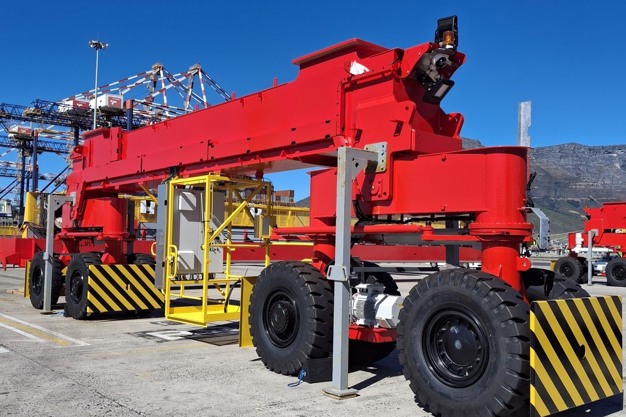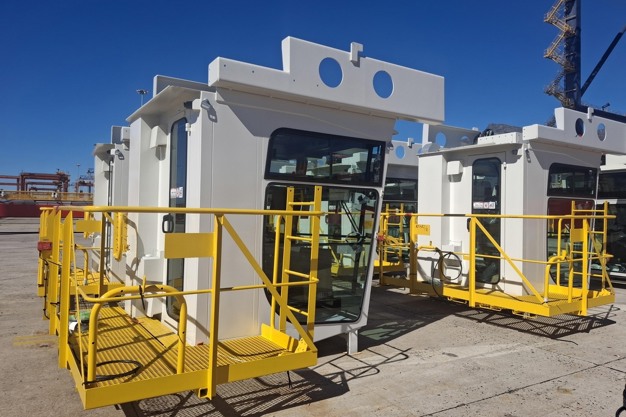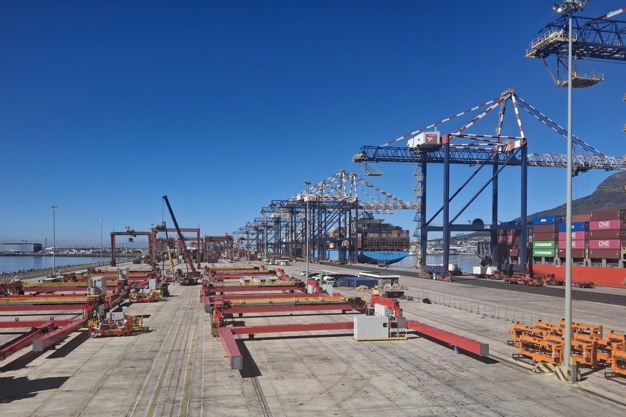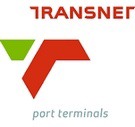The Cape Town Container Terminal (CTCT) took delivery of components of the first nine of 28 new rubber-tyred gantry cranes, which Original Equipment Manufacturer (OEM), Liebherr Africa, has begun assembling onsite.

The terminal’s investment in new equipment will largely benefit the agricultural sectors and regional exporters. With the new equipment matching crane workings due to anti-sway technology that allows operating speeds to reach up to 90 kilometers/hour in windy conditions, the terminal will be able to negotiate threats of inclement weather.
“The rubber-tyred gantry cranes we currently have operate at up to 72 kilometers/hour under windy conditions. So, the new ones give us a huge opportunity to enhance our efficiencies”, said Managing Executive of the Western Cape Terminals, Oscar Borchards. He added that any halted operations would only be due to extreme conditions.

Rubber-tyred gantry cranes are used mainly as stacking equipment and for moving containers between the stack and the ship-to-shore cranes. It was crucial for the terminal to source equipment with environmental sustainability principles, and the new rubber-tyred gantry cranes come with a diesel-electric hybrid system and a Tier 3 engine certified by the Environmental Protection Agency. New age enhancements include fitted video cameras with clear 3D views that assist the operator with load handling, spreader handling, and crane operation.

The technical team is working towards assembling and commissioning the crane, and this includes endurance tests and training. The full process is expected to take up to five months before handover to operations. The Cape Town Container Terminal is expected to take delivery of the next nine cranes in November 2025 and the final 10 in June 2026.
 For more information:
For more information:
Andiswa Mesatywa
Transnet
Tel: +27 82 751 8841
Email: [email protected]
www.transnetportterminals.net
